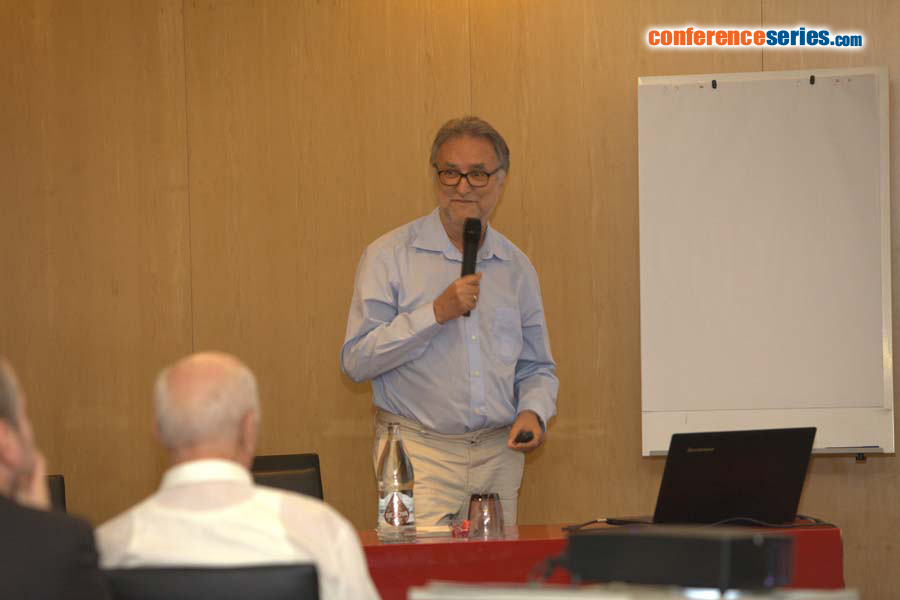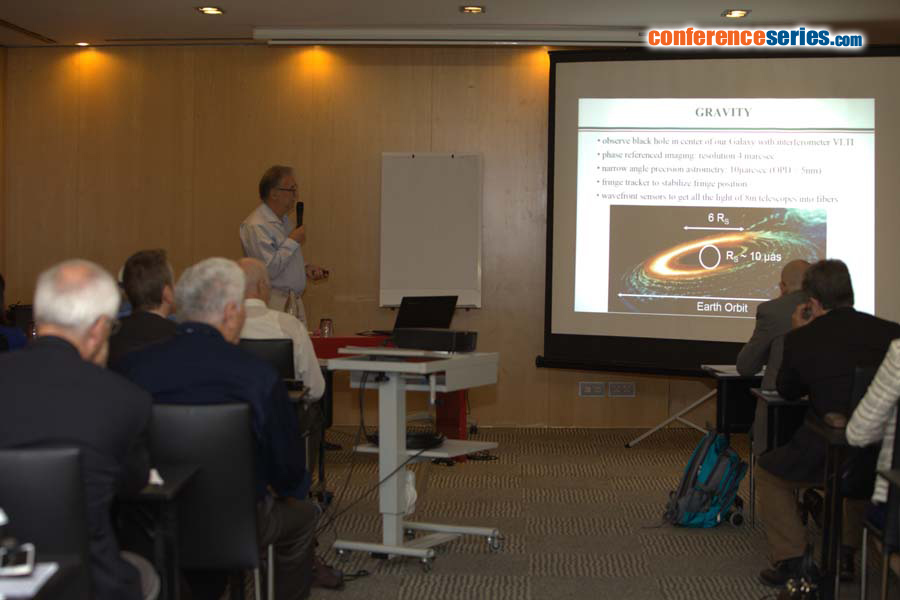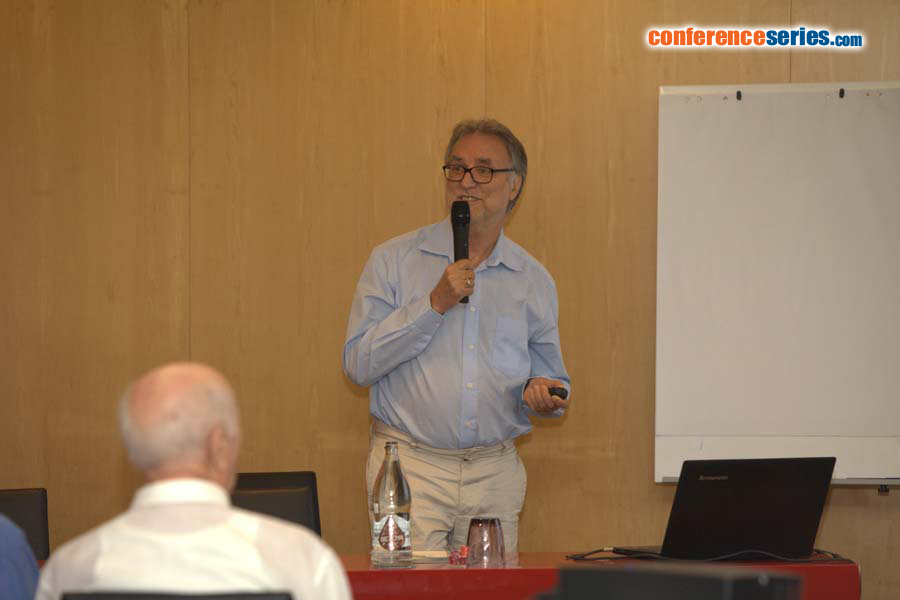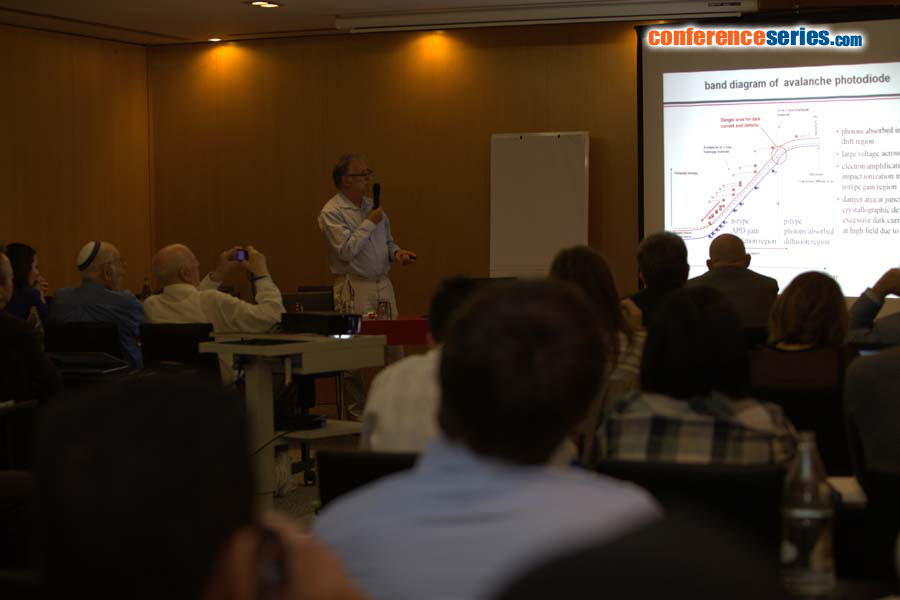
Gert Finger
European Southern Observatory
Germany
Title: Electron photoavalanche diode arrays: a new technology for noiseless high speed near infrared sensors
Biography
Biography: Gert Finger
Abstract
To conduct high angular resolution observations of astronomical objects from ground based observatories, adaptive optics is needed to correct the images distorted by atmospheric turbulence. For the adaptive optics (AO) systems, low noise high speed near infrared sensors are needed for wavefront sensing and fringe tracking. Until now the performance of those sensors was based on CMOS detectors. Due to the high analog bandwidth needed for achieving frame rates of 1 KHz the readout noise severely limited the sensitivity. The only way to overcome the CMOS noise barrier is the amplification of the photoelectron signal directly at the point of absorption inside the infrared pixel by means of the noiseless avalanche gain.
A breakthrough has been achieved with the development of the near infrared SAPHIRA 320x256 pixel electron avalanche photodiode arrays (e-APD) which have already been deployed in the wavefront sensors and in the fringe tracker of the instrument GRAVITY at the Very Large Telescope Interferometer VLTI located on Cerro Paranal in Chile.
Results obtained with this new technology will be presented. The detectors now show flat response with high quantum efficiency in the wavelength range from 0.8μm to 2.5 um. Subelectron readout noise at frame rates of 1KHz has been demonstrated. The dark current is as low as 0.02 e/s/pixel for an APD gain up to 8. With this performance, e-APD arrays also have the potential to outperform conventional large format NIR science focal planes.
For AO systems of extremely large telescopes and for co-phasing segmented mirror telescopes larger formats are needed. Therefore, a 512x512 pixel SAPHIRA array optimized for AO applications will be developed, which has 64 outputs operating at 10 Mpixel/s/output. This corresponds to frame rates of 2 Kframes/s for a full single frame readout. The design of this large format SAPHIRA array will be discussed.






